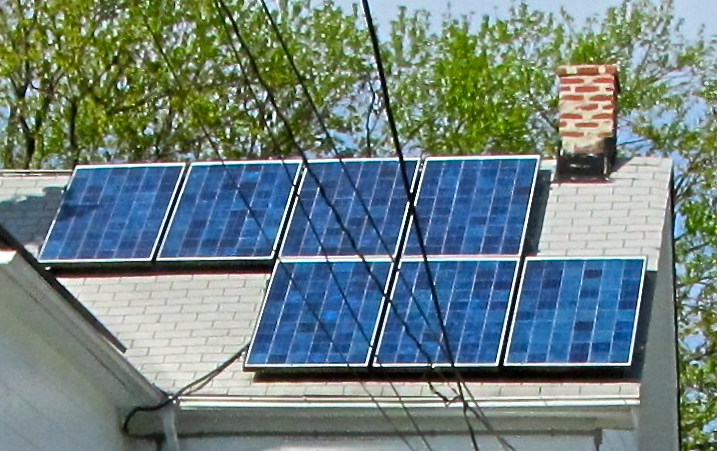Norman Rogers points out where the numbers don’t add up for many jurisdictions’ domestic solar power schemes:
A modest proposal:
We’ve all heard about “shop local” and “get your food from local farmers, not distant corporate farms.” Lots of people have apple trees in their backyards. Often they can’t begin to eat or give away all the apples. In the meantime, big supermarkets sell corporate apples for one dollar a pound and up. I propose that people with backyard apples be able to take them to the supermarket and sell them to the supermarket for the same price at which the supermarket is selling apples. Furthermore, they should be able to take them at any time and receive payment. If the store gets too many local apples, it can reduce its purchase of corporate apples.
My apple proposal may seem ill advised, but that is exactly how rooftop solar power works. The homeowner gets to displace power from the power company, and if the homeowner has more power than he needs, the power company is obligated to purchase it, often for the same retail price at which it sells electricity. That policy is called net metering. In order to accommodate the homeowner’s electric power, the utility has to throttle down some other power plant that produces power at a lower wholesale price.
The exact arrangements for accepting rooftop solar vary by jurisdiction. In some places, net metering is restricted in one way or another.
A large-scale natural gas-generating plant can supply electricity for around 6 cents per kilowatt-hour. Rooftop solar electricity costs, without subsidies, around 30 cents per kilowatt-hour, or five times as much. Average retail rates for electricity in most places are between 8 cents and 16 cents per kilowatt-hour. Yet, paradoxically, the homeowner can often reduce this electric bill by installing rooftop solar.
It is actually worse than forcing the power company to take 30-cent electricity that it could get from a natural gas plant for 6 cents. When the company throttles down a natural gas plant to make room for rooftop electricity, it is not saving six cents, because it already has paid for the gas plant. All it saves is the marginal fuel that is saved when the plant is throttled down to make room for the rooftop electricity. The saving in fuel is about 2 cents per kilowatt-hour. So 30-cent electricity displaces grid electricity and saves two cents.




